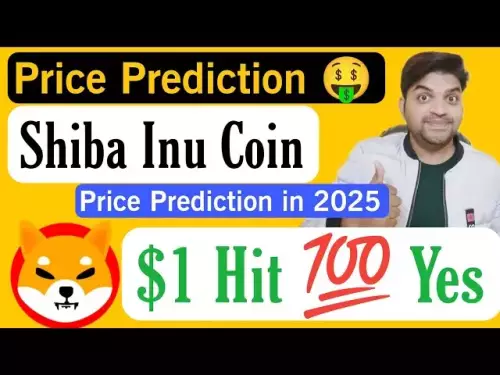-
 Bitcoin
Bitcoin $112200
0.96% -
 Ethereum
Ethereum $4310
0.64% -
 XRP
XRP $2.978
4.28% -
 Tether USDt
Tether USDt $0.9999
-0.02% -
 BNB
BNB $877.9
0.29% -
 Solana
Solana $215.6
6.68% -
 USDC
USDC $0.9997
-0.02% -
 Dogecoin
Dogecoin $0.2387
7.54% -
 TRON
TRON $0.3316
0.73% -
 Cardano
Cardano $0.8633
4.49% -
 Hyperliquid
Hyperliquid $50.46
7.52% -
 Chainlink
Chainlink $23.01
3.82% -
 Ethena USDe
Ethena USDe $1.001
-0.01% -
 Sui
Sui $3.469
2.94% -
 Stellar
Stellar $0.3750
4.79% -
 Bitcoin Cash
Bitcoin Cash $587.2
-2.71% -
 Avalanche
Avalanche $25.48
4.50% -
 Hedera
Hedera $0.2258
3.79% -
 UNUS SED LEO
UNUS SED LEO $9.548
0.05% -
 Litecoin
Litecoin $112.7
-1.24% -
 Cronos
Cronos $0.2527
-2.26% -
 Toncoin
Toncoin $3.098
-0.03% -
 Shiba Inu
Shiba Inu $0.00001287
4.08% -
 Polkadot
Polkadot $4.037
1.46% -
 Uniswap
Uniswap $9.567
3.02% -
 Dai
Dai $0.9997
-0.01% -
 Ethena
Ethena $0.7735
5.26% -
 World Liberty Financial
World Liberty Financial $0.2077
-7.48% -
 Monero
Monero $271.3
0.38% -
 Aave
Aave $302.8
1.35%
The candlestick chart forms a "tombstone" pattern but opens higher the next day. Is this a signal to induce a buy?
A tombstone doji after an uptrend signals potential reversal, but a higher open the next day may neutralize the bearishness, suggesting continuation if confirmed by volume and broader trends.
Sep 08, 2025 at 04:54 pm
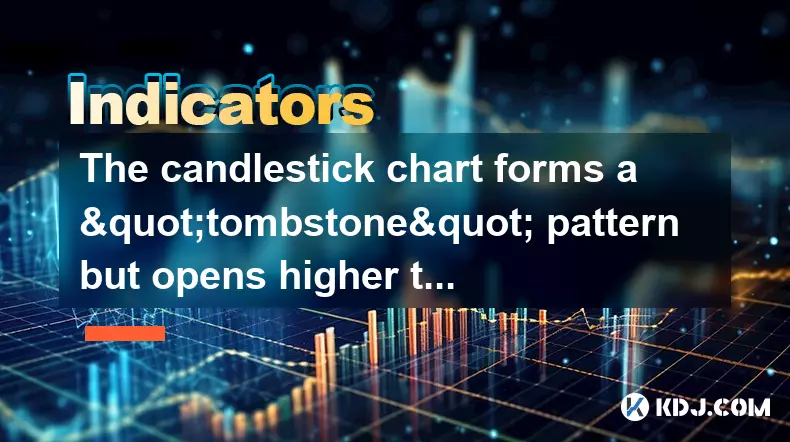
The Meaning Behind the 'Tombstone' Candlestick Pattern
1. The 'tombstone' pattern, also known as the gravestone doji, is characterized by a long upper wick and little to no lower wick, with the open, close, and low prices nearly identical. This formation typically appears at the top of an uptrend and suggests that buyers pushed the price higher during the session, only for sellers to drive it back down to the opening level by the close.
2. This pattern reflects a shift in momentum, where bullish energy fails to sustain gains, signaling potential exhaustion. In the context of cryptocurrency markets, where volatility is amplified, such reversals can occur rapidly and with significant volume.
3. The psychological implication is strong: after a period of upward movement, the inability to close higher despite intraday strength indicates weakening demand. Traders often interpret this as a warning sign, especially when confirmed by high trading volume.
4. However, the tombstone doji alone is not a definitive reversal signal. It serves as a cautionary marker, suggesting that bears are gaining influence. Confirmation from subsequent price action is essential before making any trading decisions.
5. In highly speculative markets like crypto, single candlestick patterns must be evaluated within broader technical and market sentiment contexts. Relying solely on one formation can lead to premature or incorrect conclusions.
Next-Day Higher Open: Contradiction or Continuation?
1. When the market opens higher the day after a tombstone doji, it introduces ambiguity. This action contradicts the bearish implication of the prior session, suggesting that selling pressure may have been absorbed or that strong buyers remain in the market.
2. A higher open can reflect renewed bullish sentiment, perhaps driven by external catalysts such as positive news, whale accumulation, or macroeconomic developments. In the crypto space, such catalysts can emerge rapidly and shift market dynamics overnight.
3. This scenario may indicate that the tombstone was not a reversal signal but a pause in an ongoing uptrend. It could represent profit-taking by short-term traders, followed by institutional or large-cap investors stepping in to support the price.
4. Volume on the higher open becomes a critical factor. Elevated volume suggests strong participation and increases the likelihood that the bullish momentum is genuine rather than a temporary spike.
5. The absence of a lower low following the tombstone also reduces the bearish validity. If the price maintains or exceeds the prior day’s range, the reversal signal weakens, and the trend may resume upward.
Is This a Buy Signal? Evaluating the Evidence
1. A higher open after a tombstone doji does not automatically confirm a buy signal, but it does neutralize the bearish warning. The market has demonstrated resilience, and the failure of bears to push prices lower is a positive sign for bulls.
2. Traders should assess whether the price holds above key support levels and whether volume supports the upward move. A sustained move above the high of the tombstone candle would further validate bullish continuation.
3. Additional technical indicators such as RSI, MACD, and moving averages should align with the potential buy setup. For example, an RSI rebounding from neutral territory or a MACD crossover above the signal line adds confirmation.
4. Market context matters. If the broader crypto market is in a strong uptrend and major assets like Bitcoin or Ethereum are showing strength, the isolated tombstone loses significance.
5. Risk management remains essential. Entering a position should be accompanied by a defined stop-loss, ideally below the low of the tombstone or a recent swing point, to protect against a delayed reversal.
Frequently Asked Questions
What is the difference between a gravestone doji and a dragonfly doji?The gravestone doji has a long upper wick and appears at tops, indicating potential reversal to the downside. The dragonfly doji has a long lower wick and forms at bottoms, suggesting possible bullish reversal.
Can a tombstone doji occur in a downtrend?Yes, though it is less common. In a downtrend, a tombstone may indicate continued selling pressure but lacks the same reversal significance as when it appears after an uptrend.
How important is volume in confirming a tombstone doji?Volume is critical. High volume during the formation increases the reliability of the signal, as it reflects strong participation from both buyers and sellers, with sellers ultimately prevailing at the close.
Should traders act on a single candlestick pattern in crypto markets?No. Due to the extreme volatility and manipulation risks in crypto, single patterns should not be used in isolation. Always combine candlestick analysis with volume, trend structure, and broader market conditions.
Disclaimer:info@kdj.com
The information provided is not trading advice. kdj.com does not assume any responsibility for any investments made based on the information provided in this article. Cryptocurrencies are highly volatile and it is highly recommended that you invest with caution after thorough research!
If you believe that the content used on this website infringes your copyright, please contact us immediately (info@kdj.com) and we will delete it promptly.
- Canada, Coins, and Christmas: A Festive Forecast
- 2025-09-09 04:25:15
- Dogecoin Price Prediction: Are Degens Betting on a Historic Rally?
- 2025-09-09 04:25:15
- Google Gemini Free Plan: Understanding Usage Frequency and Limits
- 2025-09-09 04:30:12
- ASTER Token: Airdrop Ignites Crypto Governance Revolution
- 2025-09-09 04:30:12
- Crypto, Wall Street, and Analysts: A New Era of Tokenomics?
- 2025-09-09 04:35:17
- NPM Attacks, Crypto Malware, and JavaScript Libraries: A Billion Downloads at Risk
- 2025-09-09 04:35:17
Related knowledge
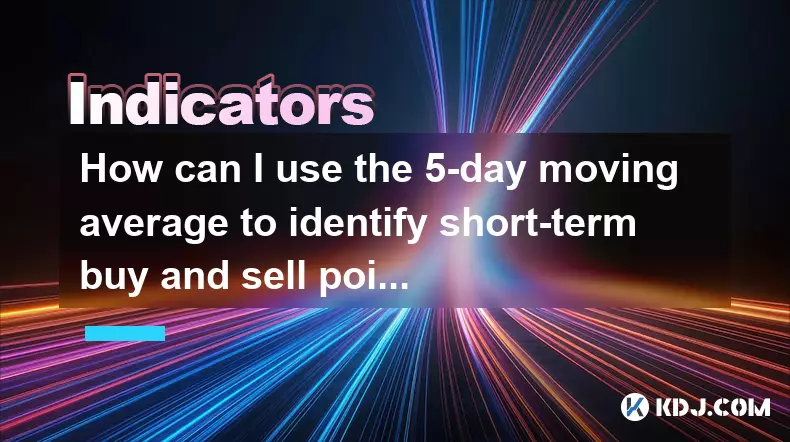
How can I use the 5-day moving average to identify short-term buy and sell points?
Sep 09,2025 at 03:37am
Understanding the 5-Day Moving Average in Crypto Trading1. The 5-day moving average (5DMA) is a technical indicator that calculates the average closin...
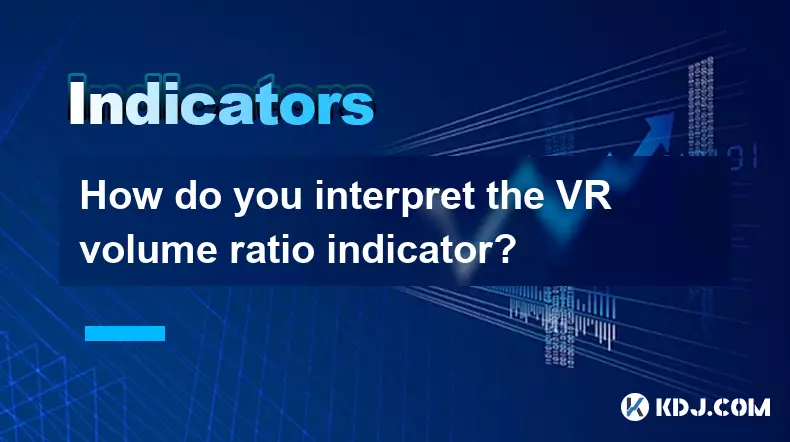
How do you interpret the VR volume ratio indicator?
Sep 09,2025 at 03:54am
Understanding the VR Volume Ratio IndicatorThe VR (Volume Ratio) indicator is a technical analysis tool widely used in cryptocurrency trading to asses...
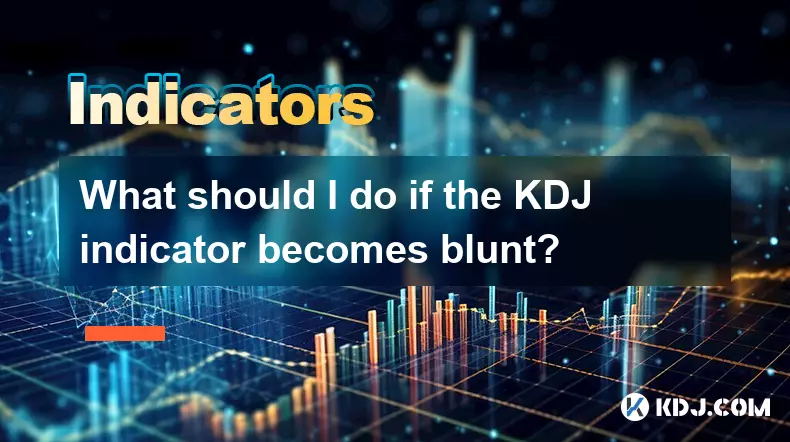
What should I do if the KDJ indicator becomes blunt?
Sep 09,2025 at 04:37am
Understanding KDJ Indicator Bluntness in Crypto Trading1. The KDJ indicator, a momentum oscillator widely used in cryptocurrency trading, measures the...
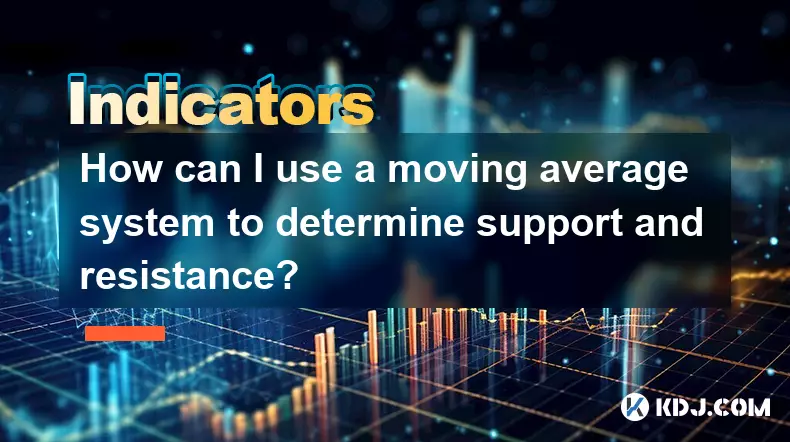
How can I use a moving average system to determine support and resistance?
Sep 09,2025 at 04:01am
Understanding Moving Averages in Technical Analysis1. Moving averages are widely used tools in the cryptocurrency market to smooth out price data over...
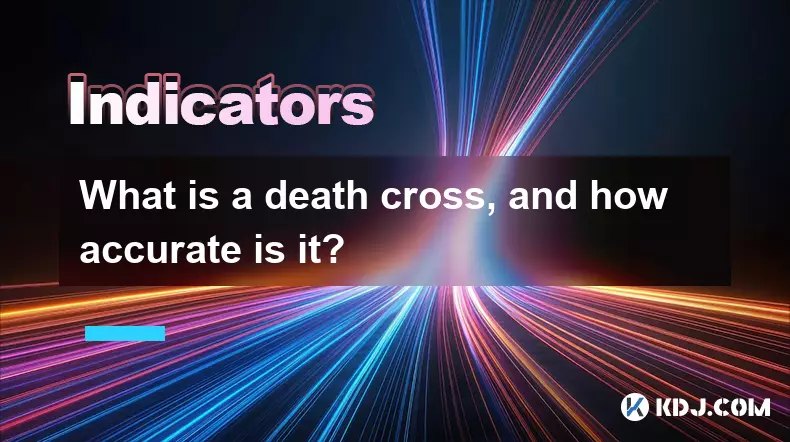
What is a death cross, and how accurate is it?
Sep 09,2025 at 01:36am
Understanding the Death Cross in Cryptocurrency Markets1. The death cross is a technical analysis pattern that occurs when a short-term moving average...

The VRSI indicator has entered the overbought zone, but the price is still hitting new highs. What is the risk?
Aug 31,2025 at 07:36pm
Understanding the VRSI Indicator in Overbought Conditions1. The Volume-Weighted Relative Strength Index (VRSI) combines price momentum with trading vo...

How can I use the 5-day moving average to identify short-term buy and sell points?
Sep 09,2025 at 03:37am
Understanding the 5-Day Moving Average in Crypto Trading1. The 5-day moving average (5DMA) is a technical indicator that calculates the average closin...

How do you interpret the VR volume ratio indicator?
Sep 09,2025 at 03:54am
Understanding the VR Volume Ratio IndicatorThe VR (Volume Ratio) indicator is a technical analysis tool widely used in cryptocurrency trading to asses...

What should I do if the KDJ indicator becomes blunt?
Sep 09,2025 at 04:37am
Understanding KDJ Indicator Bluntness in Crypto Trading1. The KDJ indicator, a momentum oscillator widely used in cryptocurrency trading, measures the...

How can I use a moving average system to determine support and resistance?
Sep 09,2025 at 04:01am
Understanding Moving Averages in Technical Analysis1. Moving averages are widely used tools in the cryptocurrency market to smooth out price data over...

What is a death cross, and how accurate is it?
Sep 09,2025 at 01:36am
Understanding the Death Cross in Cryptocurrency Markets1. The death cross is a technical analysis pattern that occurs when a short-term moving average...

The VRSI indicator has entered the overbought zone, but the price is still hitting new highs. What is the risk?
Aug 31,2025 at 07:36pm
Understanding the VRSI Indicator in Overbought Conditions1. The Volume-Weighted Relative Strength Index (VRSI) combines price momentum with trading vo...
See all articles

























![[Pycoin] PI Coin -US President (Trump) Declaration ?? !! 'US' runs first. / Paikoin mining speed acceleration [Pycoin] PI Coin -US President (Trump) Declaration ?? !! 'US' runs first. / Paikoin mining speed acceleration](/uploads/2025/09/08/cryptocurrencies-news/videos/pycoin-pi-coin-president-trump-declaration-runs-paikoin-mining-speed-acceleration/68bed38c01e7a_image_500_375.webp)
